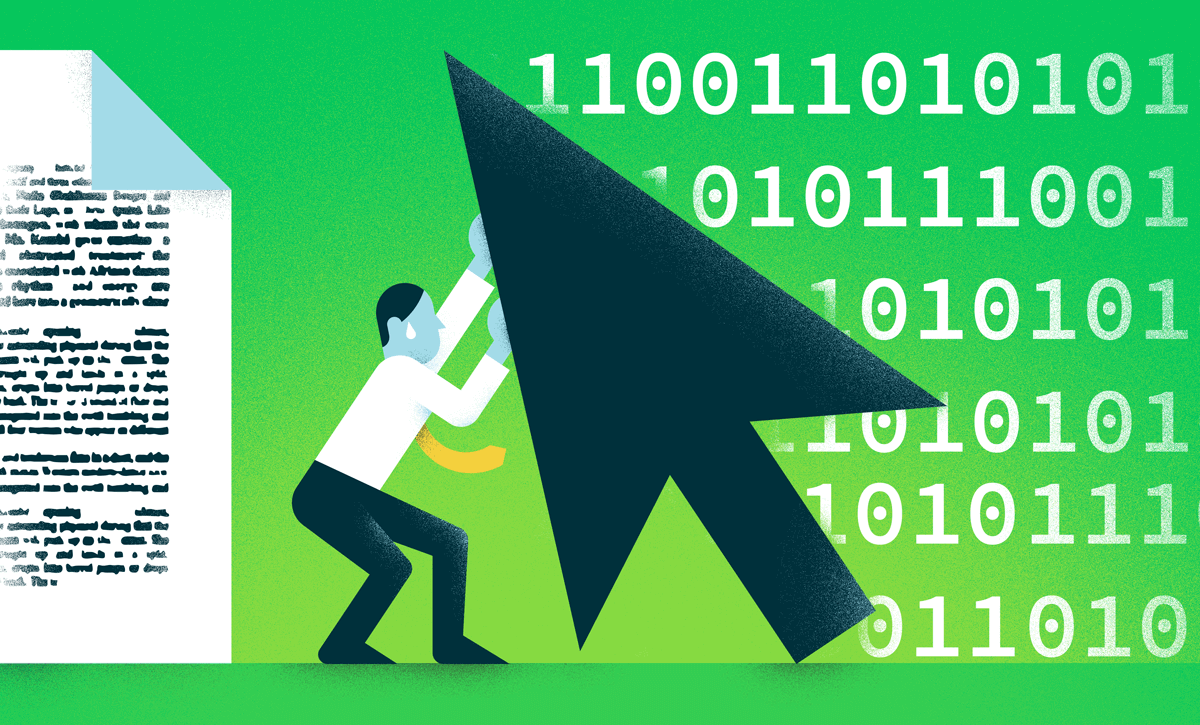Ask any transactional lawyer about the contract review process, and you will likely hear the horror stories: Tedious hours reviewing thousands of pages of contracts. Old documents with poor quality scans. Pressure to get the work done fast. And with no margin for error. In M&A due diligence, the consequences of a mistake can be huge. For example, a problematic assignment clause in a key customer contract could knock millions of dollars off a deal value, or might delay the transaction while the target scrambles to obtain consents.
Due to lack of time or fears about costs, contract review is often skipped – or scoped down. Even though almost any contract could have problematic restrictive covenant or indemnification language, companies under cost pressure make the decision to absorb that risk exposure simply because they believe they cannot afford a more thorough review. Or, companies send their contract review to non-law-firm providers where the work is marginally more efficient.
This is all changing quickly. Large law firms and other professional services firms are now using machine learning (a type of artificial intelligence technology) to make the contract review process dramatically faster and more accurate.
How it works
An experienced lawyer trains the machine to recognize the contract provisions that need review, by providing samples of the language. For example, one provision a lawyer might want to train is “limitation of liability”. The machine “learns” by looking at the provided examples of “limitation of liability” language and figuring out which attributes (word order, words used, placement in page etc.) appear most commonly (or never appear) in the text that the lawyer identified as “limitation of liability” language. Machine learning models are proven to be dramatically more accurate than traditional methods (i.e., word search or database comparison) because they can consider hundreds of factors that might identify a particular provision. The same process can be used to build more and more provision models. And then each provision model can be re-applied to save time and improve accuracy on every subsequent project. In this way, lawyers’ expertise can scale to the review of review hundreds or even thousands of provisions across very large sets of contracts.
With machine learning, large contract analysis projects – which previously may have been “impossible” due to time or budget constraints – suddenly become worthwhile. That contract management database creation that the law department has deferred for years due to budget? Now it’s possible to measure the ROI and get it done. That due diligence that the general counsel was going to send to an outside law firm? Now the GC can do an internal review for “deal killers” before even signing an engagement letter. The potentially problematic contracts that are usually scoped out of the diligence entirely? It’s now possible to review them cost effectively.
Kira’s Diligence Engine software has been already been used on over $70 billion worth of transactions in its first year. That’s a small but significant dent in the $1 trillion plus annual M&A market. Kira’s software been shown to reduce the time spent on contract review by 20-90%, depending on the application, all while consistently making the results of lawyer+machine review more accurate than lawyers alone. Kira has now launched Real Estate for lease summary creation, and a general purpose Contract Analysis system with Quick Study, so anyone can create their own provision models.
If you are interested in learning more about what Kira can do, please contact us.



